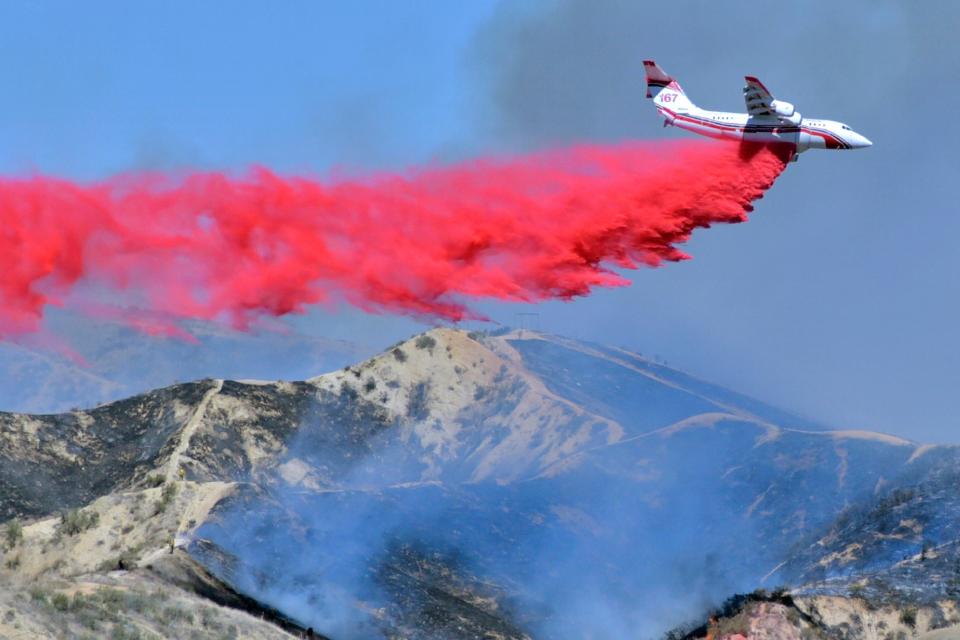Climate crisis: US resumes reporting data after four-year interruption under Trump

More droughts and heatwaves have increased likelihood of wild fires across the US
(AP)New climate crisis data released by the US Environmental Protection Agency (EPA) after a four-year gap during the Trump administration paints a grim picture of a warming planet.
By measuring 54 separate indicators, the EPA pulls information from government data and academic studies, as well as other sources, and shows how the health, safety, and homes of Americans are being directly affected.
During Donald Trump’s presidency, the data was not kept current and sat frozen in 2016 on the agency’s website.
Mr Trump often questioned whether the world is warming, called climate change a “hoax”, and mocked green or renewable technology.
With Joe Biden’s administration keen to push forward on an aggressive agenda to cut pollution both in the US and abroad, the data has now been updated.
New measures were added to further round out a picture of the changing planet.
“EPA’s Climate Indicators website is a crucial scientific resource that underscores the urgency for action on the climate crisis,” said EPA Administrator Michael Regan on the relaunch of the indicators.
“With this long-overdue update, we now have additional data and a new set of indicators that show climate change has become even more evident, stronger, and extreme – as has the imperative that we take meaningful action.”
The webpage for the indicators notes: “Many of these observed changes are linked to the rising levels of carbon dioxide and other greenhouse gases in our atmosphere, caused by human activities.”
The BBC cites a press officer as saying this is the first time the EPA has acknowledged the climate crisis is attributable in part to human activity.
After the four-year pause, the indicators show that 2016 was the warmest year on record, 2020 was the second warmest, and the last decade was the warmest on record since 1880 when thermometer-based observations began.
The September 2020 Arctic sea ice extent was the second smallest on record at more than 900,000 square miles less than the historical 1981–2010 average for that month. A difference equal to three-and-a-half times the size of Texas.
Sea level increased along much of the US coastline between 1960 and 2020, particularly the Mid-Atlantic coast and parts of the Gulf Coast. Some stations registered increases of more than eight inches. Tidal flooding has also become increasingly common on both coasts.
The largely land-based ice sheets of Greenland and Antarctica have lost more than 100 billion metric tons of ice each year on average, accounting for one-third of the global sea-level rise between 2006 and 2015.
Heatwaves are also occurring with increasing frequency in US cities, from an average of two per year in the 1960s to six per year by the 2010s.
The average length of the growing season in the mainland US has increased by more than two weeks since the start of the 20th century, but more frequent flooding, storms, and wildfires have added to the challenges of agricultural production.
Warmer and more acidic seawater is causing the migration of economically important fish and shellfish further north and into deeper water, threatening the fishing industry. Ocean temperatures reached record highs in 2020.
On land, warmer temperatures are allowing the spread of Lyme disease-carrying ticks to areas in which they previously could not survive winters.
New metrics included as indicators of climate change going forward from 2021 include the level of ice over in the Great Lakes, lake temperature, permafrost, and residential energy use.
Read More
Biden team moves swiftly to tackle pipeline political peril

 Yahoo Finance
Yahoo Finance 